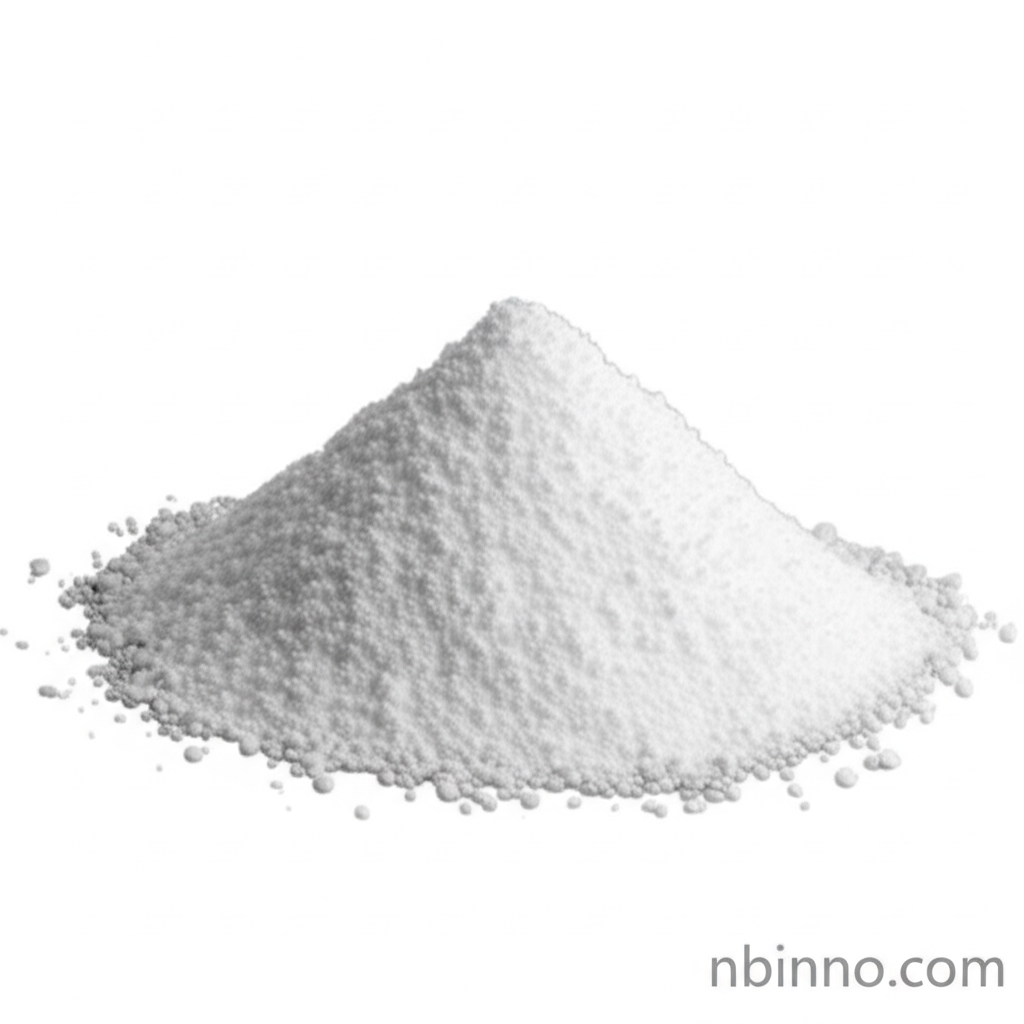High-Quality Activated Alumina: The Versatile Desiccant, Adsorbent, and Catalyst Carrier
Discover the exceptional properties of activated alumina for industrial drying, purification, and catalytic applications.
Get a Quote & SampleProduct Core Value

Activated Alumina
Activated alumina is a highly porous and chemically inert material derived from aluminum hydroxide. Its unique physical and chemical properties make it an indispensable component in various industrial applications, particularly for its excellent adsorption and catalytic support capabilities. Its high surface area and controlled pore structure are key to its effectiveness.
- Leverage activated alumina for efficient gas drying, ensuring optimal performance in pneumatic systems and preventing corrosion.
- Utilize activated alumina as a highly effective adsorbent for removing fluoride, arsenic, and selenium from drinking water.
- Employ activated alumina's large surface area and pore structure as a reliable catalyst carrier in petrochemical and chemical synthesis processes.
- Benefit from the regenerable nature of activated alumina, allowing for repeated use and cost-effective operation in drying and purification cycles.
Key Advantages
Exceptional Adsorption Capacity
Activated alumina's microporous structure and high surface area enable it to effectively adsorb water vapor and other polar molecules, making it a superior desiccant and adsorbent for various chemical drying applications.
Versatile Catalyst Support
As a catalyst carrier, activated alumina provides a stable and chemically inert platform for active catalytic components, enhancing reaction efficiency in petrochemical and fine chemical industries.
High Thermal Stability and Mechanical Strength
The material exhibits excellent thermal stability and high crush strength, ensuring longevity and reliable performance even under demanding industrial conditions, supporting processes like catalytic cracking.
Key Applications
Industrial Drying
Activated alumina serves as a premier desiccant for compressed air systems and air separation units, effectively removing moisture to prevent corrosion and maintain operational efficiency.
Water Purification
It is widely used for the defluoridation of drinking water, efficiently removing excess fluoride ions to meet safety standards and protect public health.
Petrochemical Processes
As a catalyst carrier, it supports various catalysts in refining, hydrotreating, and hydrogenation processes, crucial for converting hydrocarbons into fuels and chemicals.
Chemical Synthesis
Its role extends to being a carrier for catalysts in the production of chemicals like polyethylene and hydrogen peroxide, contributing to efficient chemical reactions and product purity.
